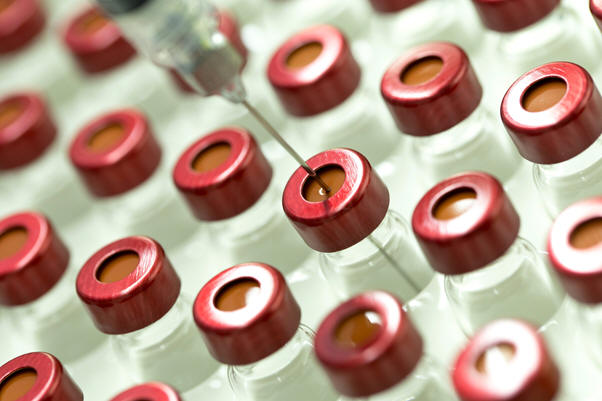After the introduction of the first lockdown which started on
March 26 2020,
phased easing of restrictions were announced to start in June
2020, including relaxation of the 2 m. social distancing rule as
contagions (the ‘R’) rate dropped .
At this point it was clear that the government was becoming
hopeful that a successful vaccine was being developed, and a
science based ‘interventionist’ solution to the problem would
rely heavily upon this, as opposed to just waiting for 'herd
immunity' to establish itself. The strategy would be to keep contagion
and death rates as low as possible, until a national vaccination
scheme could be fully implemented .
However, while these relaxations were generally welcome, at
around that time it was also necessary to introduce a tier
system for lockdowns, as local Covid ‘hotspots’ were still
emerging. Fortunately, none of these were in Somerset or near
Winsham. However, this served as a warning that the problem was
still far from over.
In September as contagion rates increased, with increased hospitalisation, and deaths, it was clear to all that there were serious problems ahead; even in the Southwest of England, contagion rates increased. This was probably due to a combination of factors; the increase in visitors in part due to travel restriction on holidaying abroad, students returning to universities and schools, an increase in general movement of people, later compounded by the on-set of Autumn, and with it a more favourable climate for the virus. What ever the reasons, Covid-19 cases grew rapidly.
The hope and expectations of many were dashed-the improvement during the summer months had proved to be a false dawn.
On 6th September, social gatherings above six people were banned in England, and this was followed , later in the month by new restrictions , including a return to working from home, and a 10pm curfew on the hospitality sector. This hit The Bell. At the end of September, the Prime Minister warned that the UK was at a critical moment and would not hesitate to impose further restriction if needed. On October 14th a new three tier system of restrictions in England. Winsham was in the lowest tier.
A Second Lockdown was announced on 31st October to come into force on the 5th November, with much the same restrictions as the first. It was becoming clear that recovery from the pandemic was to be a long haul, and it might take years for defeat it, with disastrous effects on the world economy. The only glimmer of hope lay in encouraging news of the development of an effective vaccine being fast tracked through medical safe guards. We were being assured that this did not mean they were risky, just that the pressure of need forced more time efficient procedures on a normally slow moving and cautious bureaucracy.
|
The race for a vaccine
 The speed at which this progressed was remarkable, and by early summer there were indications that research was progressing along the right lines. The prospect of a successful vaccination was beginning to turn into a reality. By December 2020, the first vaccinations in a UK nationwide programme started-the first such programme in the world. Both Pfizer and AstraZeneca vaccines were used, but production of sufficient quantities was to prove difficult in the early months of 2021, causing bitter rows between the UK and the EU , the latter delayed in reacting to the provision of a vaccine due to internal political policies.However, by the middle of October 2021 two thirds of UK population were fully vacinated-45million people. The UK had experienced 8 million confirmed cases, and 137,000 deaths. A third booster jab also became available to older people and those with certain health conditions. Much technical data surrounds the effectiveness of vaccinations. They do not provide complete protection against infection but it is generally agreed that all vaccinations reduce the risk of death from contagion by about 85% , regardless of variant.
|
Click here to learn about what came next....